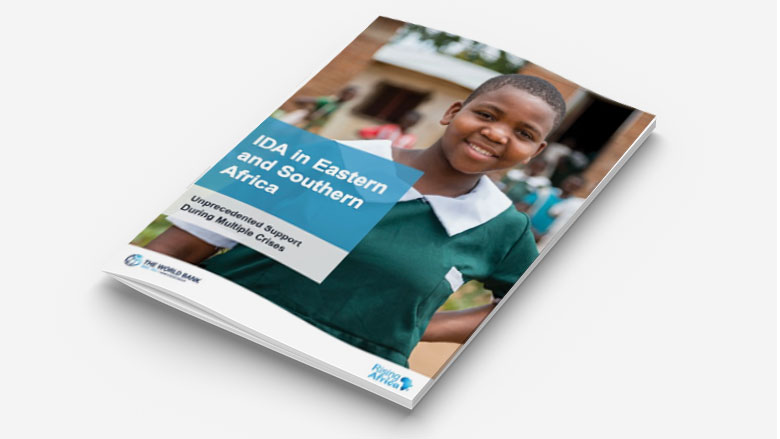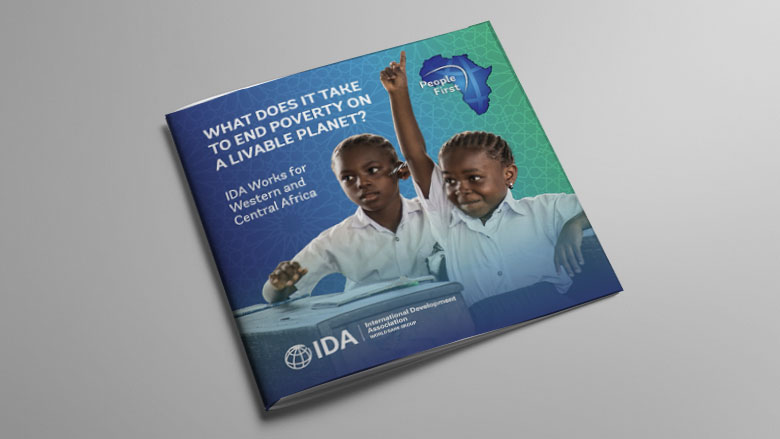Eastern and Southern Africa | Western and Central Africa
IDA19 stepped up financing with the highest IDA commitments in history at $75 billion, of which $29.9 billion was allocated to countries in Eastern and Southern Africa (40% of IDA19) and $23.2 billion of financing (or 31% of IDA19) in the Western and Central Africa region. Due to pressures from the COVID-19 crisis, the IDA19 implementation cycle was shortened to two years (July 2020 to June 2022) to meet financing needs from countries.
In Eastern and Southern Africa
In addition to the COVID19-pandemic, the Eastern & Southern Africa region (AFE) also faced a locust invasion, droughts and famine, conflicts, food insecurity, debt crisis and political instability, compounded by increasing climate shocks. The region also encountered infrastructure challenges such as a widening gap in water/sanitation access; low energy access with less than 50% of Africans having access to reliable, affordable, and low-carbon energy; as well as low access to digital.
IDA19 helped the region tackle these challenges and saw the highest IDA financing in history at $75 billion, with the largest share of World Bank support going to AFE. The region represented 40% - or $29.9 billion in commitments. The data below provides a snapshot of this support across themes and countries.
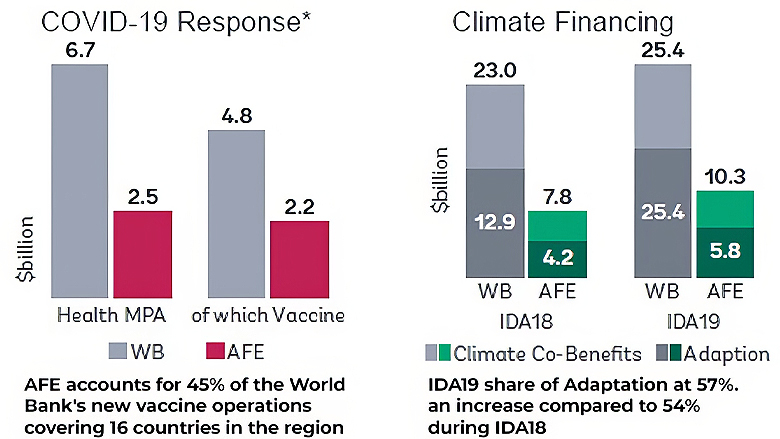
In Mozambique, for example, the Cities and Climate Change project improved urban resilience to climate change with a focus on flood risk improvements, infrastructure improvements, and community engagement. The project benefited approximately 850,000 people living in target cities.
IDA19 also strengthened health and food security in AFE
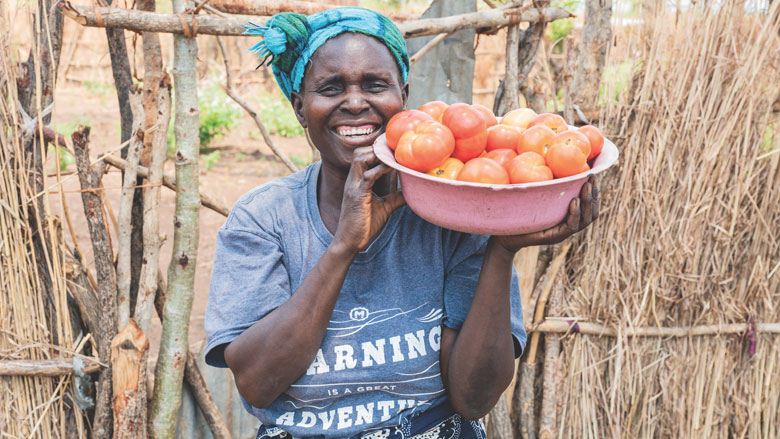

- 90 million people received essential health, nutrition, and population services - of which 62 million people lived in countries impacted by fragility, conflict, and violence (FCV).
- 55 million women and children received basic nutrition - of which 37 million people lived in FCV countries.
In Ethiopia, for example, the Health Sustainable Development Goals Program-for-Results project improved the quality of health services for over 17 million people, including mothers and children by increasing access to essential medicines and training over 33,000 health workers.
Further, AFE’s Food Systems Resilience Program, is expected to reach 100 million people across the region by tackling the underlying structural challenges of food insecurity and reducing people’s vulnerability to unpredictable food-related shocks from climate and conflict events.
IDA19 provided new access to electricity and greater digitization
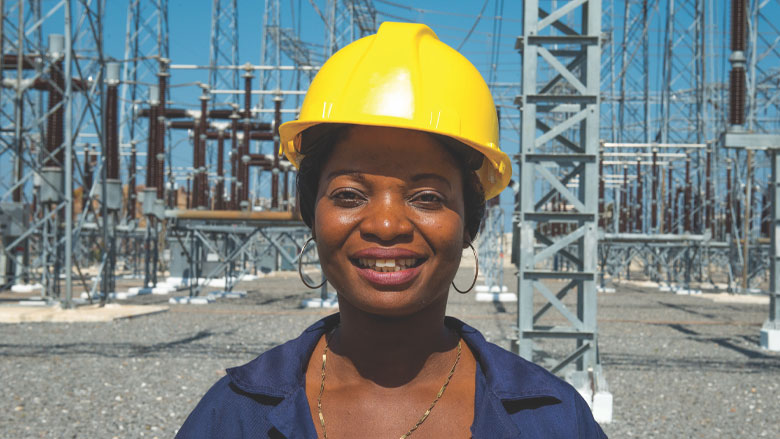

- 11 million people gained access to new and improved electricity.
- 21 million people benefitted from enhanced access to broadband internet.
Through Kenya’s Electricity Modernization Project, for example, over 1,300 km new transmission lines were installed, new substations constructed, and exisiting infrastructure upgraded, benefiting over 3 million people across the country.
In Malawi, the Digital Foundations Project supported the construction of broadband infrastructure, the development of e-government platforms, and the establishment of a digital innovation hub, benefiting over 1.5 million people.
To read more IDA19 impact stories in Eastern and Southern Africa, download IDA19 retrospective brochure here.
In Western and Central Africa
With a young, dynamic population and abundant natural resources, the region has tremendous promise. IDA works with Western and Central African countries to provide financing and spur innovation needed at scale to promote a resilient recovery and realize their potential.
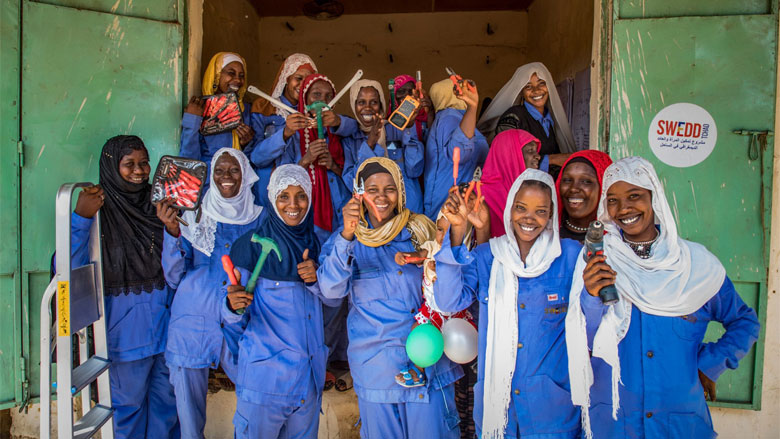
Highlights of how IDA contributed to scale up results:
- Safety nets for more than 50 million people, catalyzing investments in social registries and digital delivery systems.
- An additional 1.8 million girls enrolled in secondary education since 2019.
- Covid-19 vaccination for 131 million people with IDA support.
- More than doubling of people with broadband access since 2017.
- A near tripling in access to electricity since 2000.
- Emergency food assistance for 3.4 million people and 11.1 million farmers provided with agricultural support.
IDA WORKS FOR…..
PEOPLE
Empowering women: Over 100,000 girls and adolescents received scholarships, 3,500 safe spaces for over 100,000 vulnerable and out-of-school girls were created, and 100,000 women were trained through the Sahel Women’s Empowerment and Demographic Dividend (SWEDD).
PROSPERITY
Affordable housing: The $155 million West African Economic and Monetary Union Affordable Housing Finance Project has enabled 12,000 persons to become homeowners. Financial inclusion: In Burkina Faso, the Financial Inclusion Support Project (FISP) enabled 3,000 borrowers, a third of whom were women, to access $48.5 million in credit.
PLANET
Food systems resilience: Through the West Africa Food System Resilience Program, over 1.3 million farmers in Burkina Faso, Mali, Sierra Leone and Togo have received agricultural goods and services, and more than 2,800 metric tons of fertilizers have been distributed.
INFRASTRUCTURE
Energy access: In Cameroon, the Nachtigal Hydropower Project seeks to decarbonize the country’s energy mix by displacing thermal power generation with clean hydropower – increasing by 30 percent the country’s installed energy capacity. The project is mobilizing $1billion in private capital by leveraging IDA, equity participation from IFC, and a MIGA guarantee.
DIGITAL
Increased broadband: The Digital Economy for Africa (DE4A) initiative helped increase access to broadband internet in Africa from 26 percent in 2019 to 36 percent in 2022.
